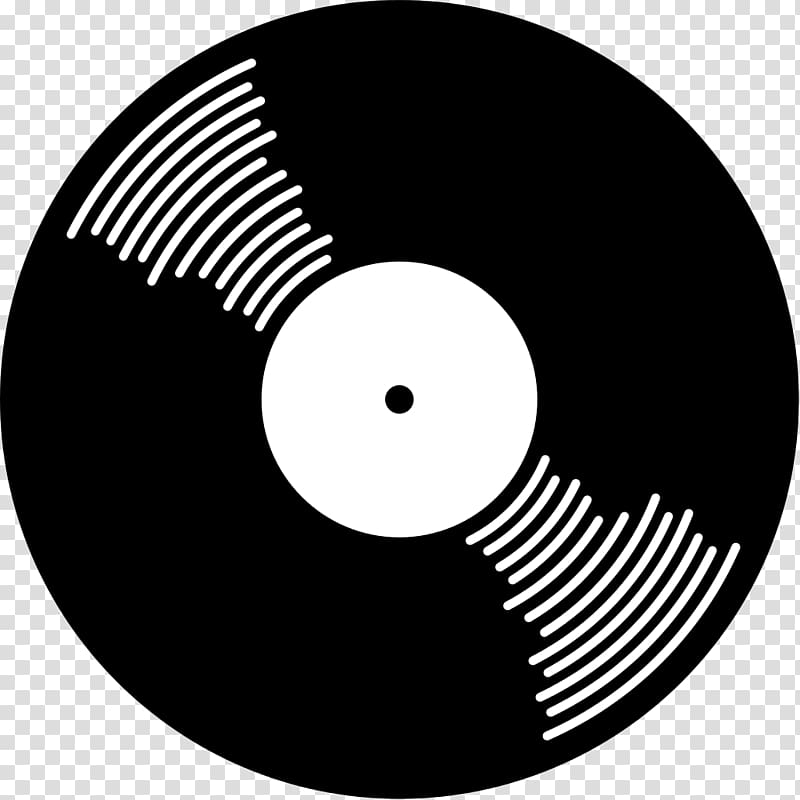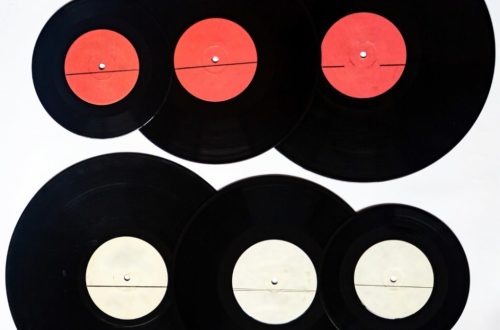Introduction
In recent years, vinyl records have seen a remarkable resurgence in popularity. Many music lovers and collectors appreciate this classic medium, drawn by its unique sound quality and nostalgic value. Whether you’re a lifelong vinyl enthusiast or a newcomer curious about how these records work, this guide aims to break down everything you need to know. We will discuss the mechanics of vinyl records, the components of a vinyl setup, and the advantages of using vinyl over digital music, all while providing practical tips for maintenance and care.
The Basics of Vinyl Records
To discuss how vinyl records work, it’s essential first to understand what they are made of and how they are structured.
Composition and Sizes
Vinyl records are typically made from a material known as polyvinyl chloride (PVC). This material is durable and can withstand years of use if cared for correctly. The surface of each record is smooth and contains a spiral groove that runs from the outer edge to the center. This groove is where the magic happens; it holds the sound information encoded in its valleys and peaks.
Vinyl records come in various sizes:
– 7-inch records: Commonly used for singles, these records typically play at 45 RPM (revolutions per minute).
– 10-inch records: Less common, these can vary in speed but usually play at 33 1/3 RPM.
– 12-inch records: Most standard albums are produced in this format, playing at 33 1/3 RPM.
The different sizes and speeds affect playback time and sound quality. For instance, a 12-inch record can hold more sound information and often has a richer audio experience compared to a smaller 7-inch record. Understanding these basic parameters will enhance your appreciation of vinyl records.
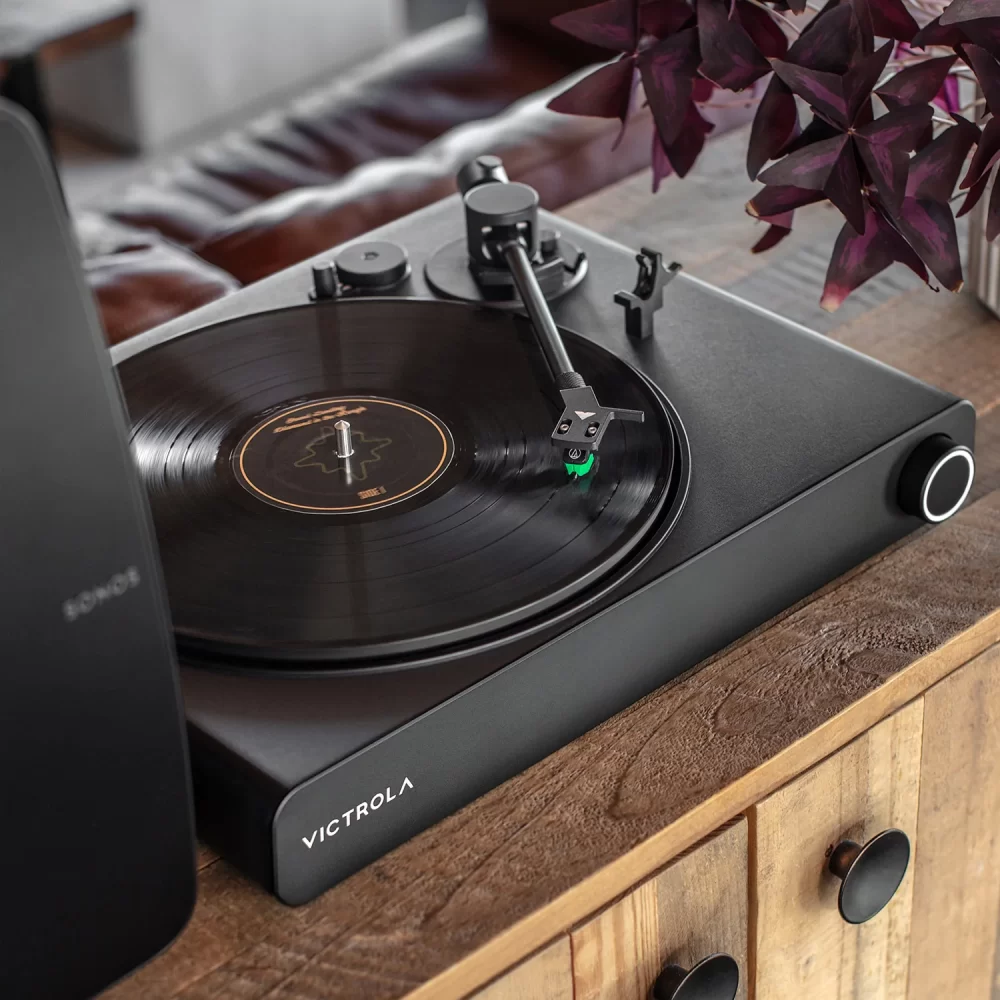
How Vinyl Records Work: The Mechanics
The magic of vinyl records lies within the intricate mechanisms that produce sound. Here’s a breakdown of how vinyl records work:
The Grooves
At the heart of vinyl records are the grooves that spiral around the disc. When a record is pressed, a needle cuts grooves into a wax master disc. These grooves are a physical representation of sound waves. As the record spins, the stylus (or needle) moves through these grooves. The shape and depth of the grooves vary based on the frequency and amplitude of the recorded sound.
The grooves contain the encoded audio information. The intricacies involved in these grooves correlate closely with the quality and fidelity of the recorded sound. This process is known as analog encoding, whereby the varying depths and shapes of the grooves represent the sound waves created during the recording.
The Stylus
The stylus, often made of diamond or other durable materials, plays a vital role in translating the physical grooves into audible sound. As the stylus travels along the grooves, it vibrates. These vibrations are then converted into an electrical signal.
The quality of the stylus significantly affects sound reproduction. A higher-quality stylus can extract more detail from the grooves. Thus, investing in good stylus quality ensures you can hear the nuances and subtleties of your favorite records.
The Turntable
The turntable is the machine that spins the vinyl record. The speed at which the turntable spins impacts the pitch and tone of the music. If it spins too slowly or too quickly, the sound will become distorted.
There are two primary types of turntables: belt-driven and direct-driven.
– Belt-driven turntables use a rubber belt to spin the platter, which mitigates motor vibrations and noise, providing a purer sound.
– Direct-driven turntables connect the motor directly to the platter. These are popular among DJs because they start up quickly and maintain consistent speeds.
Regardless of the type, a well-maintained turntable is crucial for achieving the best sound quality from your vinyl records.
Components of a Vinyl Setup
A vinyl setup consists of several essential components that work together to deliver the best sound experience. Each piece plays a unique role in ensuring optimal playback.
Turntable
Choosing the right turntable is a personal decision. It influences the overall sound quality you will experience. Look for models that feature a sturdy base and a quality platter. Brands like Technics, Pro-Ject, and Rega are known for their reliability and sound performance.
Cartridge and Stylus
The cartridge houses the stylus and converts mechanical vibrations into electrical signals. Different cartridges are designed to work with various stylus types, each affecting sound quality.
There are two main types of cartridges:
– Moving Magnet (MM): These are suitable for beginners due to their affordability and ease of replacement.
– Moving Coil (MC): These cartridges provide higher-quality sound reproduction but generally have a higher price point and less durability.
Choosing the right combination of cartridge and stylus will greatly enhance your listening experience.
Phono Preamp
The phono preamp is crucial for connecting your turntable to the amplifier. The signal generated by the stylus is weak and requires amplification before it can be processed by your audio system. Some turntables come with built-in phono preamps, while others require standalone units.
When selecting a phono preamp, consider the quality of the components used in its construction. A higher quality preamp will provide better sound reproduction and overall audio clarity.
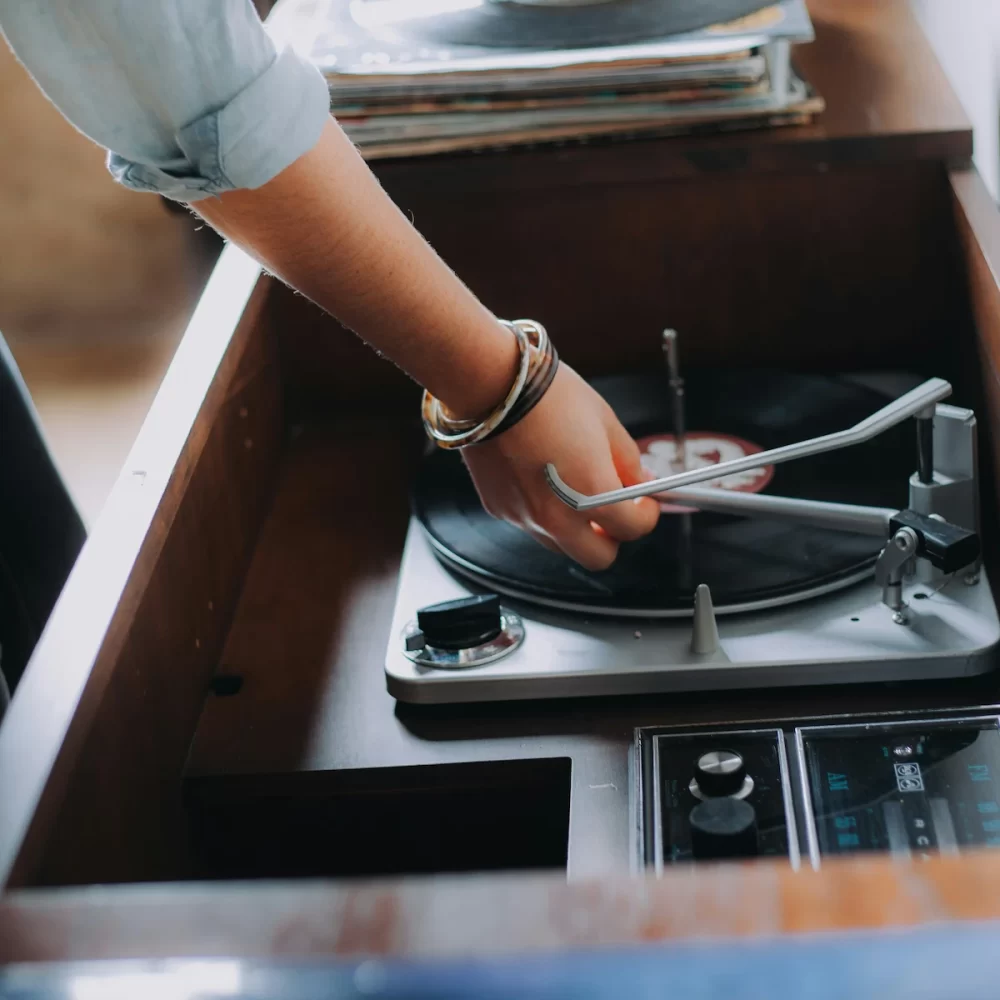
Advantages of Vinyl Records
Many listeners appreciate the unique characteristics of vinyl records compared to digital formats. Here are several advantages that vinyl records hold:
Warm Sound Quality
Discussing how vinyl records work would be incomplete without mentioning their warm sound quality. Many audiophiles prefer vinyl because of its analog nature. Unlike digital formats that compress audio data, vinyl retains the nuances of the original sound recording. This results in a fuller, richer listening experience.
Tangibility and Experience
Vinyl records offer a tactile experience that digital formats simply cannot replicate. The act of selecting an album, removing it from its sleeve, and placing it on the turntable adds to the interaction and enjoyment of the listening experience. Album artwork is often beautifully designed and instructive, providing a visual feast that digital albums can’t match.
Nostalgia and Immersion
For many, vinyl records evoke nostalgia, calling back memories of a simpler time in music consumption. Playing a record encourages listeners to engage with the entire album rather than skipping tracks as they might in digital formats. This leads to a deeper appreciation of the artist’s work.
Unique Collectibility
Vinyl records also appeal to collectors. Limited editions, colored vinyl, and special releases create a culture of collection unique to this format. Many collectors find joy in hunting for rare records or spending time showcasing their collections.
Caring for Your Vinyl Records
Proper care and maintenance are crucial for prolonging the life of your vinyl records. By taking the time to care for them, you ensure that they remain pristine and sound great for years to come.
Cleaning Records
Regular cleaning is essential for maintaining your vinyl’s surface. Dust and grime can accumulate in the grooves, negatively impacting sound quality. Invest in a high-quality carbon fiber brush to remove dust before each play. For deeper cleaning, consider using a record cleaning solution. Several methods exist; find one that works best for you.
Proper Storage
Proper storage is just as important as cleaning. Records should be stored vertically in an upright position to prevent warping and bending. Avoid stacking records horizontally, as this can lead to damage over time. Keep records away from direct sunlight and heat sources, which can warp them.
Setting Up Your Player for Optimal Sound Quality
Ensure your turntable is set up correctly. Regularly check the tracking force and alignment of the stylus. A misaligned stylus can cause excessive wear on both the record and the stylus itself. If you invest in a quality turntable, it is equally important to ensure it is well calibrated and maintained.
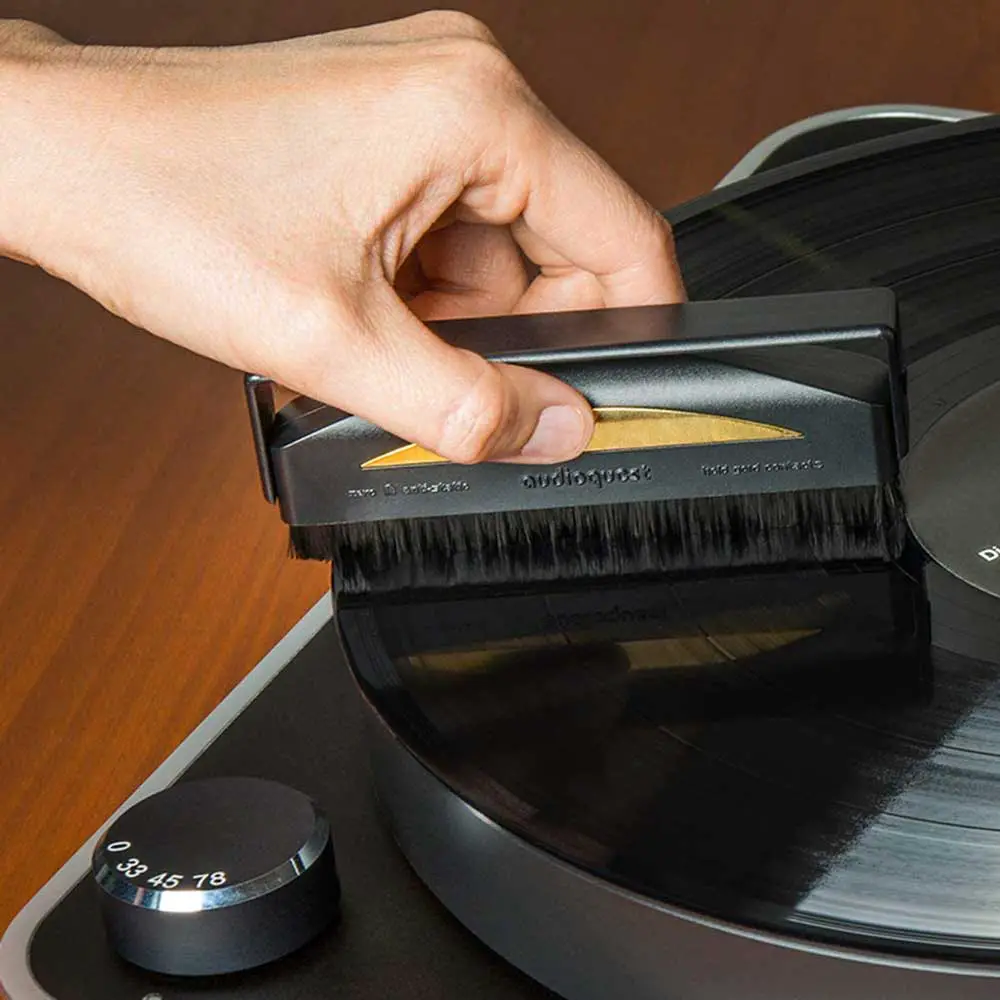
Common Misconceptions About Vinyl
Despite their popularity, several misconceptions about vinyl records persist. Understanding the facts can enhance your appreciation of this format.
Vinyl is Always Superior to Digital
While many enthusiasts argue that vinyl offers a superior sound experience, this is somewhat subjective. Some people prefer the clarity and precision that digital formats offer, especially with high-resolution files. The right medium depends on personal preference.
Vinyl Records Are Too Delicate
Though vinyl records can be sensitive to scratches and wear, they are not inherently fragile. With proper care, vinyl can last a lifetime. Records that have been well-maintained can often play flawlessly, despite their age.
All Turntables Are the Same
Not all turntables provide the same quality of sound. Different brands, models, and build qualities can significantly affect playback performance. Conduct thorough research before purchasing to ensure your choice meets your expectations.
Conclusion
Vinyl records offer a unique and captivating way to experience music. From their mechanics to the warmth of sound they produce, understanding the intricacies of how vinyl records work enhances your appreciation of this format. Whether you’re interested in starting a collection, are an avid audiophile, or simply want to relive the nostalgia of classic records, embracing vinyl opens a world of auditory exploration.
As you consider diving into the world of vinyl, keep in mind the importance of selecting quality components, maintaining your records, and enjoying the tactile experience they offer. This classic medium invites listeners to engage with music in a personal and immersive way that digital formats often lack.
Explore your favorite artists, discover new sounds, and find joy in the beauty of vinyl records. With every spin, you connect to the rich history and artistry that this format represents, making it a truly timeless way to enjoy music.
